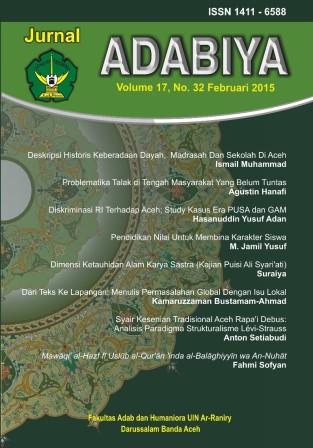References
Allcott, H., & Gentzkow, M. (2017). Social Media and Fake News in the 2016 Election. Journal of Economic Perspectives, 31 (2): 211–236. Retrieved from: https://www.aeaweb.org/articles?id=10.1257/jep.31.2.211
Berkowitz, D., & Schwartz, A. (2016). Miley, CNN, and The Onion. Journal Journalism Practice 10 (1): 1–17. Retrieved from: https://www.tandfonline.com/doi/abs/10.1080/17512786.2015.1006933
Bima, R. P. (2018). Struggle against Fake News & Post-truth Politics. Center for Digital Society, Faculty of Social and Political Sciences, Gadjah Mada University, Indonesia. Retrieved from: http://cfds.fisipol.ugm.ac.id
Ethnical Journalism Network, (2017). The EJN definition of fake news. Ethnical Journalism Network. Retrieved from: https://ethicaljournalismnetwork.org/tag/fake-news/page/2
https://jurnal.ugm.ac.id/jurnal-humaniora/article/view/38891
https://www.emerald.com/insight/content/doi/10.1108/JPBM-12-2018-2179/full/html
Khaldarova, I., & Pantti, M. (2016). Fake News: The Narrative Battle Over the Ukrainian Conflict. Journal Journalism Practice, 10 (7): 891–901. Retrieved from: https://www.tandfonline.com/doi/abs/10.1080/17512786.2016.1163237
Maheshwari, S. (2016). How Fake News Goes Viral: A Case Study. The New York Times. Retrieved from:
https://www.nytimes.com/2016/11/20/business/media/how-fake-news-spreads.html?_r=0.
Mandasari, Y. S., & Putera, A. U. S. (2016). Cyber Crime Prevention Strategy in Indonesia. “SSRG International Journal of Humanities and Social Science” 3 (6): 22-26. Retrieved from: https://www.researchgate.net/publication/311953954_Cyber_Crime_Prevention_Strategy_in_Indonesia
Nelson, M. R., & Park, J. (2015). Publicity as Covert Marketing? The Role of Persuasion Knowledge and Ethical Perceptions on Beliefs and Credibility in a Video News
Release Story. Journal of Business Ethics, 130 (2): 327–341. Retrieved from: https://link.springer.com/article/10.1007/s10551-014-2227-3
Palma, B. (2017). Did Target’s Stock ‘Crash’ due to its Transgender Bathroom Policy?. Snopes.com. Retrieved from: http://www.snopes.com/targets-stock-transgender-bathroom-policy/
Paschen, J. (2020). Artificial Intelligence and Human Contributions. Journal of Product & Brand Management, 29 (2): 223-233. Retrieved from: https://www.emerald.com/insight/content/doi/10.1108/JPBM-12-2018-2179/full/html
Reis, A. F., & Oliveira, L, (2017). The Current State of Fake News: Challenges and Opportunities. Journal Procedia Computer Science, 121 (2017): 817-825. Retrieved from: https://www.sciencedirect.com/science/article/pii/S1877050917323086
Rizal, M., & Yani, Y. (2019). Cybersecurity Policy and Its Implementation in Indonesia. Journal of Asean Studies, 4 (1): 61-78. Retrieved from: https://journal.binus.ac.id/index.php/jas/article/view/967/pdf_11
Salam, A. (2018). The Hoax Phenomenon in Indonesian Society: Observing Anti-Diversity Memes since 2014. Jurnal Humaniora, 30 (3): 315-324. Retrieved from:
Tandoc, E. C., Wei, Z. L., & Ling, R. (2017). Defining “Fake News” A typology of Scholarly Definitions. Journal Digital Journalism, 6 (2): 137-153. Retrieved from: https://www.tandfonline.com/doi/full/10.1080/21670811.2017.1360143
Tapseel, R. (2019). Indonesia’s Policing of Hoax News Increasingly Politicised. Researcher at Iseas- Yusof Ishak Intitute Analyse Current Event, 75: 1-10. Retrieved from: https://www.iseas.edu.sg/images/pdf/ISEAS_Perspective_2019_75.pdf
Qur’an & Hadith :
Al-Qur'an al-Kareem, Surah Al-Hujurat [49:6]
Al-Qur'an al-Kareem, Surah An-Nur [24:15]
Jami Al Tirmizi [5] Chapter 272, Hadith 2407
Sahih al-Bukhari [34] Book 2, Hadith 27
Sahih al-Bukhari [6094] Book 78, Hadith 121



